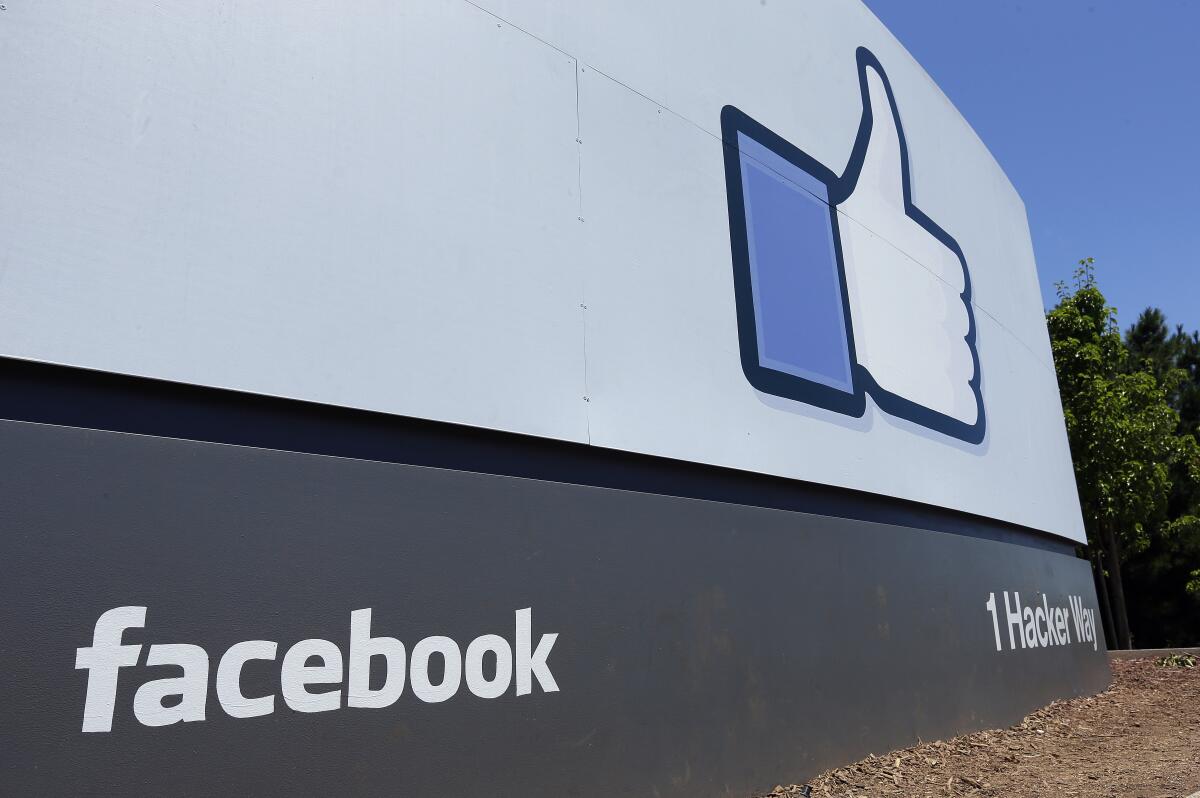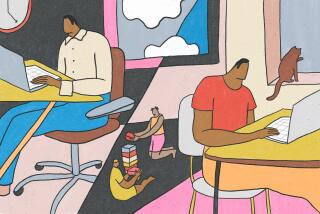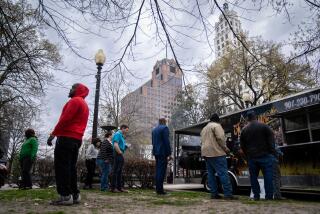Op-Ed: How work will change permanently after the pandemic

Last spring, the COVID-19 pandemic caused perhaps the worst job losses since the Great Depression. The decrease in the labor force participation rate — from 63.3% to 61.3% — has been steeper than that seen in the Great Recession and is among the largest 12-month declines in the post-World War II era, according to the Pew Research Center and federal labor data.
But for all the pain, this terrifying year could augur potentially positive changes in the workplace. Pandemics change economies, a truth going back centuries. The post-COVID period may well see a transformative, long-lasting effect on employers.
The shifting balance between employers and workers was evident before the pandemic, with wages for the first time in decades rising for lower-income laborers. While the unemployment rate is over 6% and the country had 8 million fewer positions in March than before the pandemic, there’s still a growing shortage of workers and 7.4 million unfilled jobs.
Some of this is due to demographic shifts caused by lower birthrates; U.S. population growth for ages between 16 and 64 has dropped from 20% in the 1980s to less than 5% in the last decade. Some conservatives blame the stimulus package and extended unemployment for workers for the current labor shortage. Others, such as former Obama chief economist Jason Furman, also blame wariness connected to the virus.
But whatever the causes, the tighter labor market gives workers more leverage with employers, allowing even lower-end service workers to demand signing bonuses, higher wages and more humane working conditions.
White-collar workers also face a new reality. Once dragooned into offices often far from affordable homes, they have adapted to new hybrid models, with remote work being done from home, dispersed offices and coffee shops.
Stanford economist Nicholas Bloom suggests 20% of work will be done from home even after the pandemic ends, up from 5% in 2019. Various studies also show that remote workers have been more productive — a result business executives welcome along with lower office space costs.
However, others — people at the top of the corporate ladder, leasing agents, owners of commercial office space — are already pushing people back to the cubicle. JPMorgan Chase’s CEO Jamie Dimon thinks workers should go back to the office, but this may not be so appealing to workers who have finally ditched their long commutes.
Some human resources managers fear large-scale resistance to attempts to force workers back into the office full time. When the CEO of the Washingtonian magazine suggested that those working at home would be “less valuable” and easier to “let go,” the workers went on daylong strike. No surprise there; a recent survey of 5,000 employed adults found that 4 out of 10 expected some remote work flexibility after the pandemic.
For many millennials, the hybrid and dispersed model of work, including suburban satellite offices, addresses issues like “life-work balance,” something important to millennials and particularly to women with children who are trying to return to the labor force once schools reopen.
The pandemic has also altered the geography of jobs. One recent report from Upwork suggests that between 14 million and 23 million Americans are seeking to move to a less expensive and less crowded place.
Los Angeles and San Francisco have been losing newcomers at an accelerating rate, but some areas, like parts of the Central Valley and the Inland Empire, have enjoyed both higher population growth and better job growth. Between September 2019 and September 2020, the biggest job losses — nearly 10 % — have been in big cities, followed by their close-in suburbs, according to the American Communities Project and based on federal data. Job losses in rural areas and exurbs were far less severe.
Many leading tech firms now expect a large proportion of their workforce to work remotely after the pandemic. Some three-quarters of venture capitalists and tech firm founders, notes one recent survey, predict their ventures to operate totally, or mostly, online. Since the pandemic began, according to a study by Big Technology, tech growth has been most evident in Madison, Wis., Cleveland and Sacramento, while New York, San Francisco, Boston and Chicago have taken hits.
In terms of industries, the skilled trades may offer the biggest opportunities for middle- and working-class people. Today manufacturing employment is expanding more rapidly than in almost four decades; job openings in the industrial sector are up more than 50% since February 2020. Companies such as John Deere are struggling to keep pace with new orders because of a persistent shortage of workers willing to take jobs in its Iowa factories, a phenomenon common across the industrial economy.
Overall, there are an estimated 500,000 manufacturing jobs unfilled right now. The current shortage of welders alone is expected to grow to 400,000 by 2024. Much the same can be said about logistics and shipping, which kept the country running during the pandemic lockdowns. A shortage of tank truck drivers could restrict gas deliveries this summer. The shortfall is now so severe that Amazon has set up its own incubator for new trucking companies.
The pandemic has also sparked an entrepreneurial revival. Across the U.S., about 4.4 million applications for new businesses were filed last year, compared with roughly 3.5 million in 2019, according to an analysis of data from the Census Bureau. In California, 442,324 were filed in 2020, a 21.7% increase from 2019. We may be seeing the rise of a whole new set of startups that remain dispersed in their operations, saving money on rent and locating in more affordable places.
This is not to minimize the pandemic’s devastating effect on countless workers and companies. The empty malls, creaking Main Streets and abandoned storefronts, even in Manhattan, showed the depth of struggles in some parts of the economy well before the pandemic, which makes recovery for them that much harder.
Overall, though, the post-pandemic economy could produce shifts helpful to workers. The resurgent economy may push up wages for workers with skills — not just for programmers, but cooks, machinists, truck drivers, electricians and carpenters.
The labor shortage also offers a chance to improve work structures, particularly for people of color, who by 2032 will constitute half the U.S. working class, and for the entire beleaguered middle class. After 2020’s pain and dislocation, we need to focus on ways to make employment conditions and the economy better for all Americans.
Joel Kotkin is the presidential fellow in urban futures at Chapman University and executive director of the Urban Reform Institute. He is the author of “The Coming of Neo-Feudalism.” @joelkotkin
More to Read
A cure for the common opinion
Get thought-provoking perspectives with our weekly newsletter.
You may occasionally receive promotional content from the Los Angeles Times.










